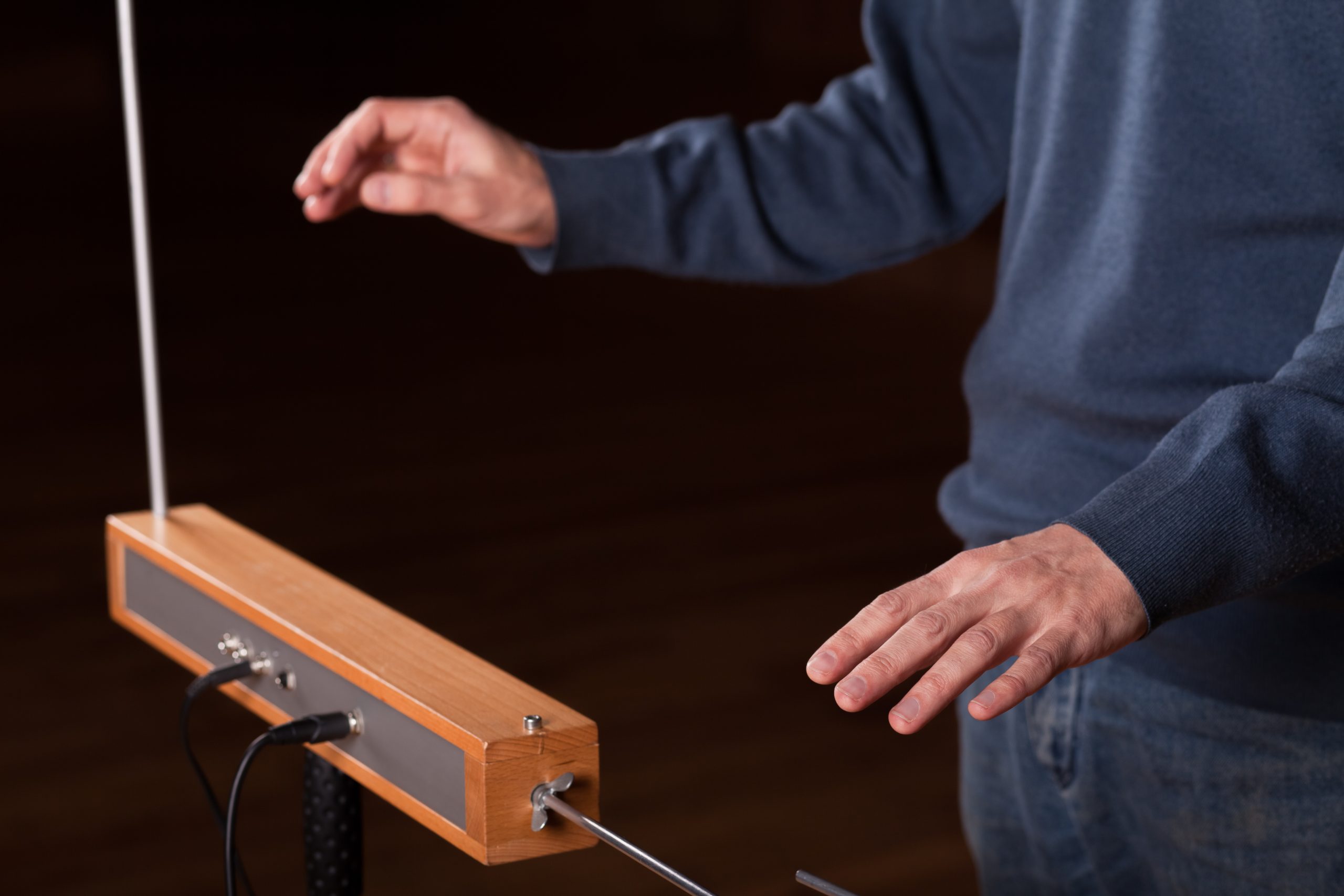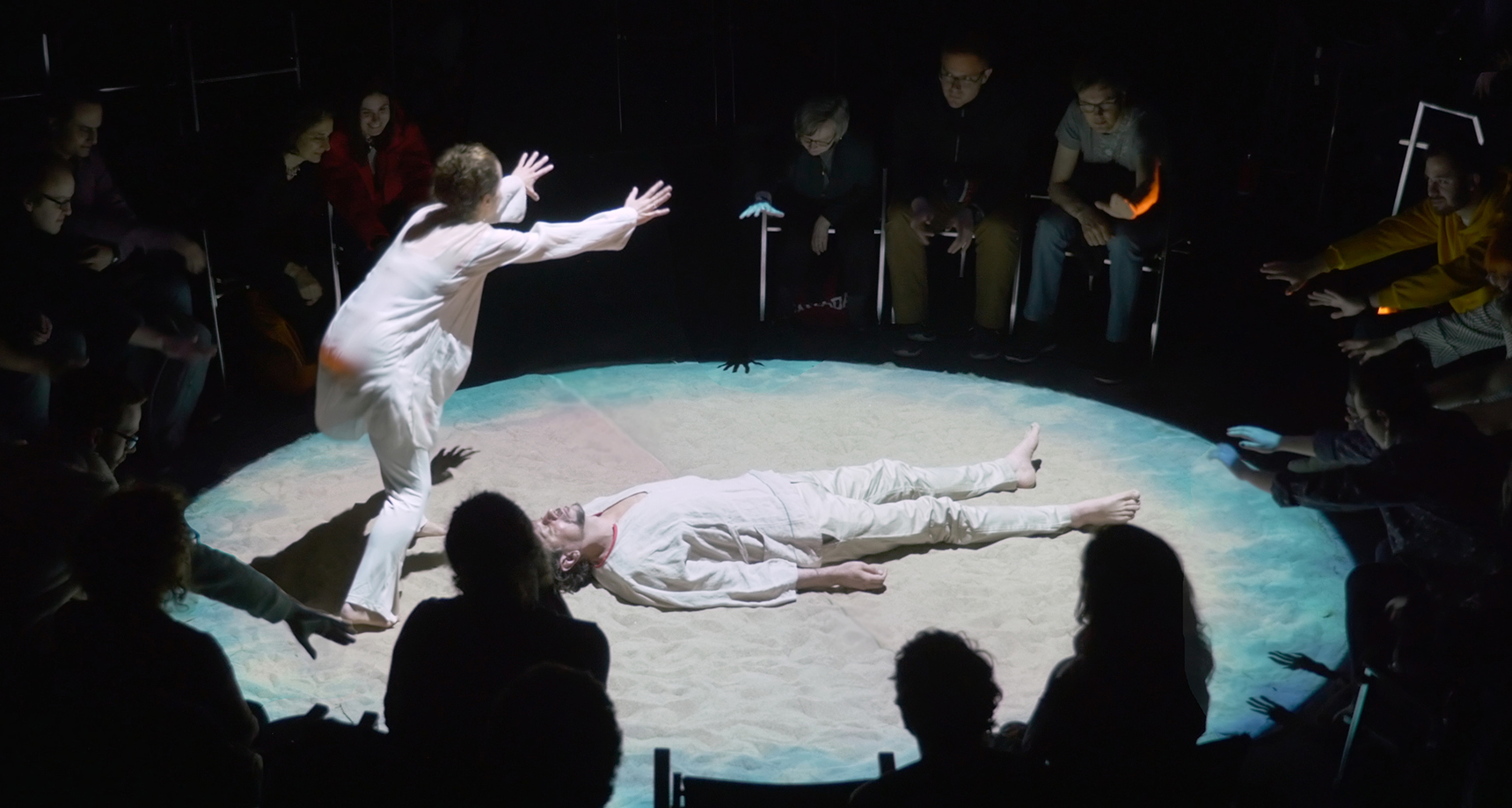Invented in 1920 by Russian physicist Léon Theremin, the theremin stands as one of the earliest electronic musical instruments and remains unique in its touchless operation. By manipulating electromagnetic fields with hand movements near two antennas, performers control pitch and volume, producing the instrument’s signature ethereal tones. Initially dubbed the “etherphone,” the theremin captivated audiences with its futuristic sound and performance technique, leading to its adoption in various musical genres and film scores.
The theremin’s haunting sound found a niche in science fiction cinema during the 1950s, featuring prominently in films like The Day the Earth Stood Still. Its eerie tones became synonymous with the genre, influencing the auditory landscape of sci-fi media. Beyond film, composers such as Edgard Varèse and Percy Grainger explored the theremin’s capabilities in avant-garde compositions, pushing the boundaries of electronic music.
In contemporary times, the theremin continues to inspire musicians and composers. Artists like Carolina Eyck have advanced theremin performance techniques, integrating the instrument into modern classical and experimental music scenes. The theremin’s enduring appeal lies in its distinctive sound and the expressive possibilities afforded by its unique, contactless interface, securing its place in the evolution of electronic music.





